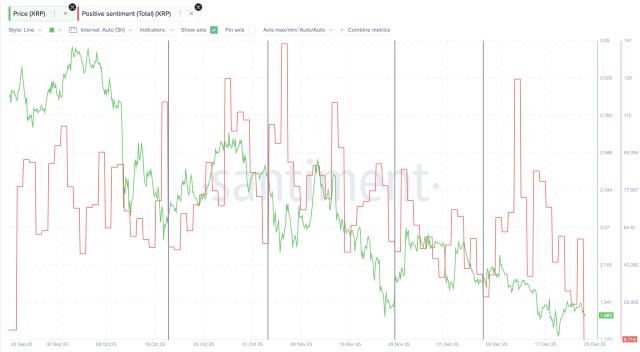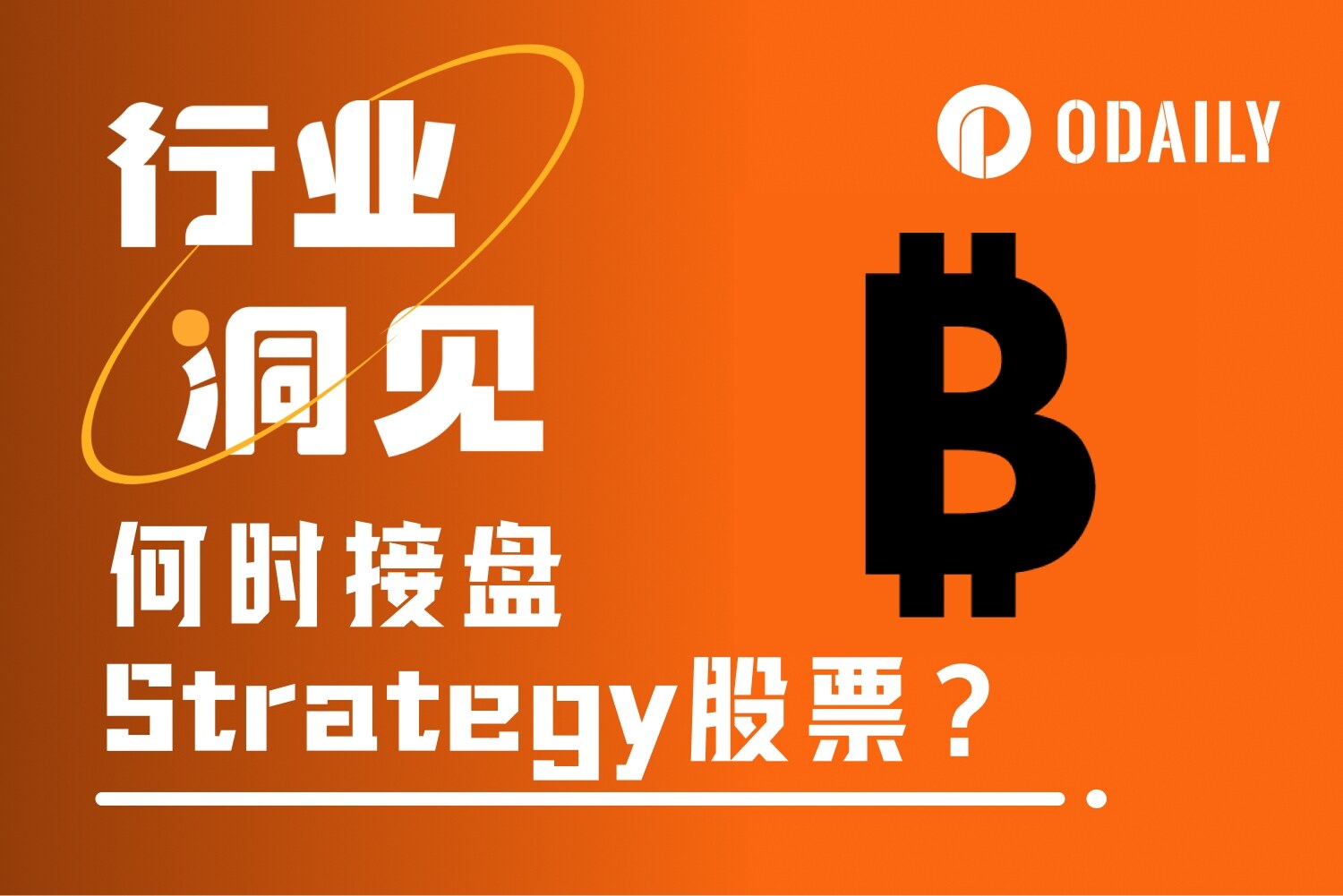Market Sentiment: How has investor interest in Ethereum cooled?
The weakness of ETH/BTC has multiple triggers, and the change in market sentiment is particularly crucial. The launch of the Ethereum ETF did not meet market expectations, the competitors of the Layer-1 platforms are becoming increasingly powerful, and the Layer-2 network has diverted some of the revenue from the Ethereum mainnet, causing investors' attention to gradually shift away from ETH.The "muted" launch of the Ethereum ETF, exacerbating the expectation gap and dampening sentiment
Compared to the splendid debut of the Bitcoin ETF, the performance of the Ethereum ETF has been lukewarm, with a muted market reaction and far less capital inflow than expected. This event reveals the weakening of investor confidence in the Ethereum market. According to Coinglass data, the Ethereum ETF has seen a total outflow of nearly 100,000 ETH since its launch in July. Compared to Bitcoin, Ethereum's volatility is stronger, its technical upgrades are more complex, and the direction of market regulation is unclear, resulting in a relatively limited driving force for ETF prices. The unfulfilled ETF expectations have directly hit market sentiment and put short-term pressure on the ETH/BTC exchange rate.Fierce competition in the Layer-1 ecosystem, with the strong rise of Solana and others
As the first-generation smart contract platform, Ethereum has formed a huge network effect in its long-term development, but with the rise of other Layer-1 blockchains, this position is facing increasing threats. The rise of blockchain ecosystems such as Solana and Sui has gradually eroded Ethereum's market share in the fields of smart contracts and decentralized applications. Taking Solana as an example, it has quickly attracted applications such as MEME and DeFi with its low transaction fees, high TPS (transactions per second), and improved development experience. On October 21, the Solana-based decentralized exchange Raydium surpassed the Ethereum network in 24-hour revenue, with a fee income of $3.4 million, while Ethereum's fee income was $3.35 million. Platforms like Sui are also accelerating their iterations and gradually diverting some development resources and users. Under competitive pressure, the on-chain activity of ETH has declined, and the reduced demand has directly led to pressure on the ETH/BTC exchange rate.The diversion effect of Layer-2 expansion solutions
Layer-2 expansion has improved the transaction efficiency and fee management of Ethereum, but it has also diverted some of the mainnet revenue, with the average daily transaction fee dropping from $30 million in 2021 to the current $1 million to $5 million. This trend indicates that while Layer-2 has greatly improved the scalability of Ethereum, the short-term loss of mainnet revenue has put pressure on the ETH price. According to CoinGecko data, the current total circulating market value of Ethereum Layer2 is $19.1 billion, while the total circulating market value of Ethereum is $304.7 billion. If we compare it to the Ethereum of the same market value in the previous bull market, its reasonable price should be in the range of $3,000-$3,100, which means that it has inflated quite a bit in the past 3 years.Historical Performance Review: The Multiple "Bottom Reversals" of Ethereum
ETH/BTC has bottomed out multiple times, but has successfully rebounded with the help of technical upgrades and changes in the market environment. By reviewing Ethereum's historical performance, we can find that its bottom reversals are often accompanied by technical upgrades, ecosystem prosperity, and improvements in the market environment.Bottom Reversal in the 2018-2019 Bear Market: The Rise of DeFi
2018-2019 was a major bear market for the cryptocurrency market, and the performance of ETH/BTC was particularly sluggish. During this period, the Ethereum exchange rate once fell to a historical low of 0.016 in October 2019, and the market demand for ETH plummeted. However, by the middle of 2020, Ethereum's market performance gradually recovered, and the driving force behind this rebound was the rapid development of the DeFi ecosystem. - DeFi market explosion: In the middle of 2020, Ethereum developers and users focused on decentralized finance (DeFi), and platforms such as Compound and Uniswap gradually took shape, providing innovative services such as lending and liquidity mining based on Ethereum. The emergence of these services has driven a surge in Ethereum transaction volume, allowing it to gradually recover from the bear market low. - Increased demand for ETH: The development of DeFi has brought a large number of users' demand for ETH, especially the demand for staking and pledging (such as mortgage lending), which has driven the increase in the amount of ETH locked, and indirectly increased the demand ratio of ETH/BTC. By 2020, the DeFi ecosystem has gradually expanded, and Ethereum has become the main supporting chain for DeFi protocols, and its market value has recovered accordingly, and the ETH/BTC exchange rate has gradually rebounded from the bear market. This stage of bottom reversal shows that Ethereum's application ecosystem has strong market appeal, especially in the field of innovation outside traditional finance, and the rise of DeFi has provided long-term value support for Ethereum.Ethereum 2.0 Upgrade in 2022: The Transition to Proof-of-Stake (PoS)
In 2022, the trend of the ETH/BTC exchange rate experienced several major fluctuations, mainly due to the market panic selling caused by the Luna incident and the market rebound brought by the expectations and implementation of the Ethereum 2.0 (Merge upgrade). These two events have had a huge impact on the Web3 and blockchain industry, and we can analyze their impact on the ETH/BTC exchange rate from the following aspects. - The impact of the Luna crash on the ETH/BTC exchange rate: In May 2022, the algorithmic stablecoin UST and its supporting token LUNA in the Terra ecosystem collapsed, causing the market value of LUNA to evaporate instantly, leading to a mess in the entire cryptocurrency market. As one of the high-market-value public chains at the time, the collapse of Terra caused investor panic sentiment to spread, and a large-scale capital outflow. Since ETH is the pillar of the DeFi ecosystem, its asset security has been seriously questioned, and the selling pressure has also increased significantly. The panic selling in the market and the decline in on-chain liquidity have directly led to a significant devaluation of ETH relative to BTC, and the ETH/BTC exchange rate has fallen to a low point. This stage of the ETH/BTC exchange rate mainly reflects the rise of investor risk aversion sentiment and the reduction of asset risk appetite. - The rebound brought by the Ethereum Merge upgrade: Shortly after the Luna incident, the market gradually digested the panic sentiment, and some investors began to focus on the upcoming Ethereum 2.0 upgrade. In September 2022, the Ethereum community carried out the long-awaited Merge upgrade, marking the transition of the Ethereum network from PoW (Proof-of-Work) to PoS (Proof-of-Stake). This transformation has huge ecosystem effects and market prospects. The introduction of the PoS mechanism has greatly reduced the energy consumption of the Ethereum network, and also reduced the inflation rate of ETH, so many investors are full of confidence in the future scarcity and security of ETH. The Merge upgrade has brought the following positive impacts:- Changes in supply and demand: The introduction of PoS has reduced the inflation rate of ETH, coupled with the increase in staking demand, the relative reduction in supply has increased the market value of ETH.
- Improvement in ecology and security: After the upgrade, ETH has higher technical security and has been labeled as a "green cryptocurrency", attracting a wider range of institutional investors.
- Improvement in market expectations: The successful upgrade has enhanced the market's confidence in the Ethereum ecosystem, which in turn has driven the rebound of the ETH/BTC exchange rate. ETH/BTC rose from the low of 0.049 in June 2022 to a high of 0.081 within two months.
ETH/BTC Technical Analysis: Will the exchange rate hit bottom again?
As of October 25, the ETH/BTC exchange rate has fallen to 0.0365, a 42-month low. Technical analysis shows that the current price is presenting a typical inverted cup and handle (IC&H) pattern, indicating that ETH/BTC may still have some downside potential.
Inverted Cup and Handle Pattern Analysis

ETH prices have been falling continuously, seemingly in the collapse phase of its current inverted cup and handle (IC&H) pattern. It starts with an uptrend, reaches a peak, then forms a rounded top, similar to an inverted "cup" shape. After the inverted cup, there is a smaller and temporary rebound (the handle), forming a slightly upward or sideways consolidation period.
When the price breaks below the neckline support and falls to a level equal to the maximum distance between the cup top and the neckline, the IC&H pattern typically disappears.
As of October 26, ETH/BTC appears to be replicating such a trend, with the next target around 0.032, a decline of over 15% from the current price.
RSI and Potential Oversold Rebound

The monthly Relative Strength Index (RSI) of ETH/BTC is currently at a historical low of 33, approaching the oversold area (below 30), which usually indicates that the selling pressure in the market is close to exhaustion and a reversal rebound may occur. Based on historical data, the probability of a rebound is relatively high once the ETH/BTC RSI approaches the oversold zone. In this case, if ETH/BTC falls to the 0.029-0.032 BTC range, it may see a strong rebound, with an expected rebound range of 25%-50%.
Expected Rebound Targets
From the monthly momentum indicator perspective, if ETH/BTC completes the bottom in the 0.029-0.032 range and successfully rebounds, the 25%-50% upward movement is expected to drive its price to the 0.048-0.054 technical support range. For investors focused on long-term investment, this is a potential entry point. Next, we will analyze the key factors that could support the long-term recovery of ETH/BTC.
Drivers of Recovery: Potential Factors Driving the ETH/BTC Rebound
The potential rebound of ETH/BTC is inseparable from the further development of the Ethereum ecosystem and the recovery of market demand. The following drivers are expected to play an important role in the future rebound.
Ethereum Prague-Electra Upgrade
The Prague-Electra upgrade plan will be gradually implemented from the second half of 2024 to the beginning of 2025, and it has currently entered the testing phase, with some new features being tested on the testnet. The progress is smooth, and the stability of the testnet has been basically confirmed. The development team is also making final optimizations based on feedback, with the goal of ensuring the robustness of the code and mechanisms before full deployment on the mainnet.
This upgrade will significantly improve Ethereum's transaction processing capability and fee optimization, which will have a profound impact on ETH's application scenarios and circulation.Lower Gas fees and higher throughput will attract a large number of users and developers, helping to further expand Ethereum's leading position in areas such as DeFi, Non-Fungible Tokens, and Web3 applications. In addition, on-chain data optimization will reduce the deployment cost of new nodes, which is expected to further increase the decentralization of the network.
Historically, whenever Ethereum undergoes a major upgrade (such as the Merge upgrade to 2.0), the market tends to react positively to ETH's potential. The Prague-Electra upgrade will bring new growth points for ETH, and the improvements in performance optimization and fee reduction may increase the demand for ETH. This growth in network usage typically provides support for the value of ETH, driving the potential rise in the ETH/BTC exchange rate.
Improvement in Market Sentiment and Positive Progress of ETFs
Although the initial launch of Ethereum ETFs did not perform as expected, their long-term demand support for ETH cannot be ignored as the market stabilizes. ETF products allow traditional investors to invest in ETH through compliant channels, increasing the opportunity for mainstream capital inflows. If ETF products can be further popularized in the future, it will bring about a new round of market sentiment improvement and drive capital inflows into the Ethereum ecosystem.
Growth of DeFi and DAPP Ecosystem
Decentralized Finance (DeFi) and DAPPs remain core areas of the Ethereum ecosystem. Although competitors like Solana have gained a foothold in the DeFi and meme markets, Ethereum still dominates in terms of DeFi total value locked and DAPP transaction volume. The total value locked and transaction volume of Ethereum DeFi protocols are expected to rebound during the market recovery period, providing further demand support for ETH. As DeFi 2.0 and more diverse RWA applications emerge, the use cases of ETH will continue to expand, and long-term investors can pay attention to the dynamics in these areas.
Changes in the Layer-1 Competitive Landscape
The fierce competition among Layer-1 blockchains is one of the biggest challenges facing Ethereum, but it may also become an important catalyst for the future rebound of ETH/BTC. Although other Layer-1 platforms have clear advantages in terms of processing speed and fees, Ethereum's network has higher stability and decentralization, and it has an early-mover advantage in compliance. As the demand for decentralized applications and compliance increases, more developers may return to Ethereum. If the market's demand for mainstream platforms changes in the future, Ethereum's dominant position is likely to be consolidated.
Long-term Investment Strategy: How to Position ETH
For the future investment opportunities in Ethereum, it is recommended that investors adopt the following strategies to flexibly position their long-term investment in Ethereum.
Phased Accumulation Strategy
Currently, the ETH/BTC exchange rate is at a historical low, and investors can adopt a phased accumulation strategy, spreading the risk across different price ranges and reducing the impact of market volatility. Phased buying can not only position at low prices to obtain a lower cost, but also gradually increase positions as the market rebounds, which is suitable for long-term holders.
Staking and reStaking to Increase Portfolio Returns
The staking rewards of ETH provide additional passive income for investors. The current staking annualized yield is around 4%-5%, which is attractive for investors seeking long-term returns. By staking ETH, not only can stable annualized yields be obtained, but the security and stability of the network can also be enhanced, which is appealing for long-term holders.
Focus on Layer-2 Projects and Invest Appropriately
The development of Layer-2 solutions will directly affect the stability of the Ethereum ecosystem. Investors can focus on projects such as zkSync, Optimism, and Arbitrum, and appropriately position in relevant Layer-2 projects to diversify risk and lock in the dividends from ecosystem expansion. By participating in Layer-2 projects, the ecological value of ETH can be indirectly increased, adapting to the future network expansion trend.
Regularly Track Changes in the DeFi and Ethereum DAPP Markets
Ethereum still has widespread applications in the DeFi and DAPP markets, and investors can closely monitor the market dynamics in these areas to understand the demand trends for ETH. The expansion of Ethereum into emerging areas such as decentralized social networks and on-chain assets will further expand its application scope, and investors can adjust their holding strategies by observing the trends in these markets.
Conclusion: The Future Potential of ETH/BTC
In the long run, Ethereum, as a pioneer of smart contracts, has unique advantages in terms of technological innovation, market share, and compliance. The implementation of Layer-2 scaling technologies and the continuous optimization of the mainnet have enhanced its application potential.
The current low level of ETH/BTC may present a good opportunity for long-term positioning, especially as the market gradually bottoms out and factors such as the promotion of Layer-2 technologies provide support. The long-term value expectation of ETH is good. It is estimated that the ETH/BTC exchange rate may rebound by 25%-50% within the next year and rise to the range of 0.048 BTC to 0.054 BTC. For users focused on long-term investment, Ethereum is still worth holding in the long run. Investors need to pay attention to technological progress and changes in the market environment, and deploy in batches at the right time to maximize investment returns.








